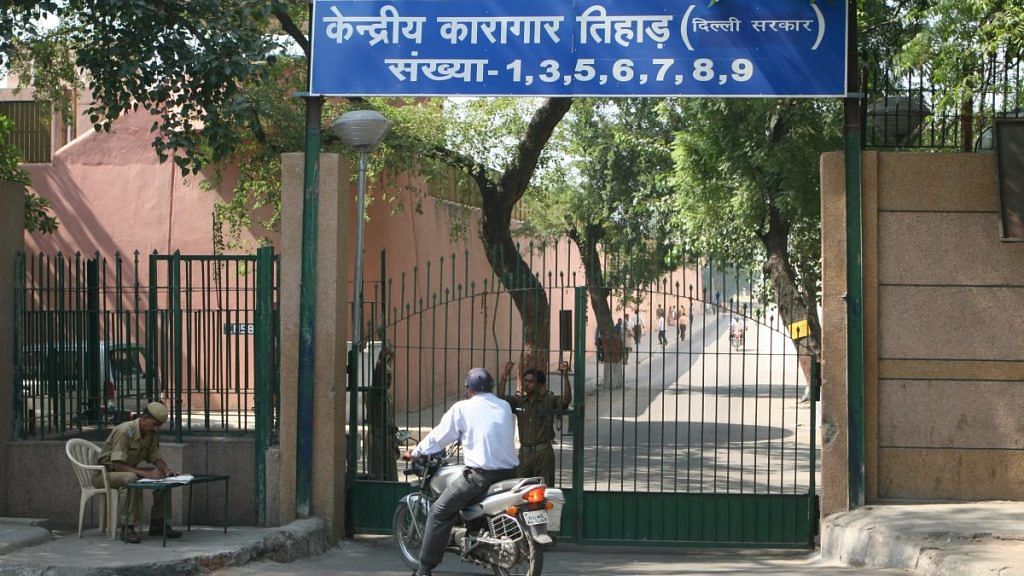A report by Asian Centre for Human rights, quoting govt data, says between 1 April 2017 and 28 February 2018, there were 1,674 custodial deaths.
New Delhi: India recorded five custodial deaths per day on an average between April 2017 and February 2018, said Asian Centre for Human Rights (ACHR) in its report released Tuesday.
Titled Torture Update India, the report analysed case studies related to prison conditions and custodial deaths in India.
Statistics placed by the home ministry before the Rajya Sabha on 14 March showed India recorded a total of 1,674 custodial deaths — 1,530 in judicial custody and 144 in police custody — between 1 April 2017 and 28 February 2018, the report said.
India has shown a distressing growth in custodial deaths, rising from about four deaths per day — a total of 14,231— in the 10 years between 2001 and 2010 to five custodial deaths per day in 2017-18.
Not just in terms of custodial deaths, other figures from the Indian prisons present a gloomy picture too.
Prison conditions
The Prison Statistics India 2015 report by the National Crime Records Bureau (NCRB) showed India’s prisons are overcrowded by over 14 per cent, said ACHR.
Of the 1,401 jails in India, 149 jails had an overcrowding rate of more than 200 per cent as on 31 December 2015. In the case of Sub Jail Sathyamangalam in Tamil Nadu’s Erode district, the overcrowding rate was a staggering 1,250 per cent where 200 prisoners were kept in space sufficient for only 16 people. In Maharashtra’s Roha sub jail, 35 prisoners were kept in a space meant for 3 resulting in 1,166.7 per cent overcrowding, said the NCRB report.
In April 2015, in the Rama Murthy vs. State of Karnataka, the Supreme Court had identified as many as nine issues that prisons in India faced and needed reforms, including issues like overcrowding of cells, unnatural death of prisoners, gross inadequacy of staff, among others.
After this, notices were issued to all authorities to take actions and improve the situation.
However, in February 2016, an apex court bench in its order stated that “a closer scrutiny of the responses received indicates that by and large the steps taken are facile and lack adequate sincerity in implementation.”
The apex court through orders, dated 6 May 2016 and 3 October 2016, directed preparation of a plan of action by the states and union territories to deal with the issue of overcrowding in prisons and submit the same by 31 March 2017.
However, not even one state or UT submitted its plan of action to the court as of 30 March, the ACHR report claimed.
On 18 March, the Supreme Court in a reply to a writ petition, arising from a letter relating to inhuman conditions in 1,382 prisons in India, remarked, “Prisoners cannot be kept in jail like animals.”
